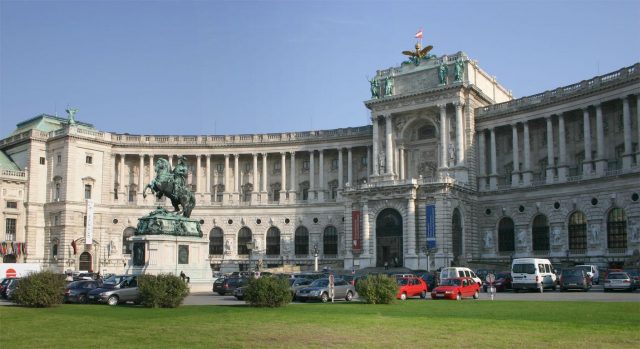The loophole-free quantum entanglement experiment (6): The Vienna Experiment (and now, what?)

Unfortunately, this interesting story is coming to an end. In the previous post we already disscussed the first loophole-free Bell experiment, but if this experiment was conclusive the story is closed. Why are we still discussing it?
It happens sometimes in History that people look to solve a problem for decades and suddenly two different solutions are found in a short time window. This is one of these times. 12
The principal character of the second experiment is also one of the main characters of the whole story, Anton Zeilinger. As we have discussed previously, Zeilinger was a pioneer in performing entanglement experiments. He was the first in closing all the loopholes for the same quantum systems, photons, albeit not in the same experiment. Just a few months after the submission of the Delft Experiment paper Zeilinger’s group submitted also a paper claiming to have closed all loopholes in a single experiment. The new experiment was performed in Vienna and, because of that, we will refer to it as the “Vienna Experiment”.
The main difference between the Delft experiment and the Vienna Experiment is the quantum systems used. The Delft Experiment used photons to carry the information and them they tranferred the entanglement properties to diamond vacancies to perform the measures. On the other hand, the Vienna Experiment used only photons during all the steps of the experiment, including the measures. As we have explained in previous posts, photons are very good travelers, but it is difficult not to loose them. The new experiment is mainly based on technology improvement. To close the detection loophole it is necessary to achieve an efficiency higher than 75%. Using modern high-efficiency detectors the setup worked at 76,2% efficiency. To close the locality loophole the experiment was performed in two different labs, at the sub-basement of the Vienna Hofburg Castle, separated by 58 meters. This distance is very small compared with previous experiments, but thanks to recently developed ultra-fast technology it was enough. The results of the experiment are conclusive, and the statistic was much better than in the Delph Experiment (11,5 standard deviation against 2,4). Finally, all the loopholes are closed and the universe is either non-local or non-real.
And what now? More than thirty years after the first experiments we have not one but two loophole-free experiments. This means that a long-lasting race is already over. There will be more experiments, like ones closing the loopholes in different systems or replicating these experiments, but I think that nothing fundamental will change. Loopholes are definitively closed. Hence, the only question on the table is: Is there going to be a Nobel Prize related to this? I really think so. Maybe it will not happen this year (maybe it will) but I am pretty confident that will happen soon. In this case, who will be rewarded? I think that Alain Aspect and John Francis Clauser are the first guess of everyone. They performed the first experiments and they been the main supporter of all this line of research. Anton Zeilinger is also a main character in this competition1. Finally, Ronald Hanson jumped to a good position to compete for the prize when he published the results of the first loophole-free experiment.
We will have to wait to know.
Notes:
1 Aspect, Clauser and Zeilinger received the prestigious Wolf Prize in 2010.
References
- M. Giustina et al. Bell violation using entangled photons without the fair-sampling assumption. Nature 497, 227 (2013). DOI:10.1038/nature12012 ↩
- M. Giustina et al. Significant-Loophole-Free Test of Bell’s Theorem with Entangled Photons. Phys. Rev. Lett. 115, 250401 (2015). doi:10.1103/PhysRevLett.115.250401 ↩
1 comment
[…] El experimeto del entrelazamiento cuántico libre de bucles puede que haya sido solucionado no una, sino dos veces. Daniel Manzano en The loophole-free quantum entanglement experiment (6): The Vienna Experiment (and now what?) […]